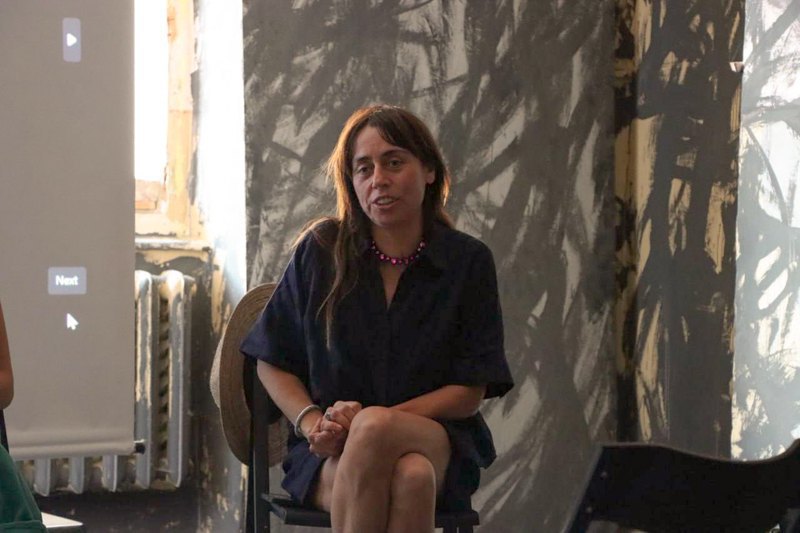
What will we, as a country, be showing at the Venice Biennale next year? Tell us about your project.
Next year will mark 30 years since Ukraine surrendered all its nuclear weapons under the security guarantees of the Budapest Memorandum [the last nuclear warhead was transported to Russia on 1 June 1996.]. Our project is linked to this event.
We will be showing a sculpture that I created in 2019 together with Denys Ruban for the park in Pokrovsk. In fact, we created two sculptures there at that time. The first, in 2018, was a parking lot [for bicycles] – it was impossible to remove, and I do not know what has happened to it. The second is Deer – a typical park sculpture, but made using origami techniques. It is a 2.5-metre sculpture cast in concrete. We installed it on a pedestal from a Soviet jet aircraft that had been dismantled back in the 1990s. I have never seen the aircraft itself – only in photographs.

It is not often that you see good contemporary sculpture in public spaces in Ukraine. How did it happen that you were invited to Pokrovsk?
I was invited to save money (laughs). My collaboration with the park began when I was given a task: there is a huge 11-metre pedestal made of concrete, which had reached its maximum strength after 50 years. In other words, dismantling it would be very expensive. So I had to come up with something for this object so that it would not have to be removed.
At that time, I had already made my first origami piece [a concrete swan in a lake, created as part of the Porto Franko contemporary art festival] and I was interested in the proposal. It was at that moment that the authorities began to pay attention to the east, in particular the Donetsk Region, trying to do something there – restoring parks, repairing schools – in order to win the trust of the population. I was interested in this region, in experiments in public space, and in general, in new challenges.
In fact, we proposed many more projects to the city at that time. We were told that they would not be accepted, but when we arrived in 2024 to dismantle the deer, we saw that some of them had been implemented – without my knowledge, and not in full.
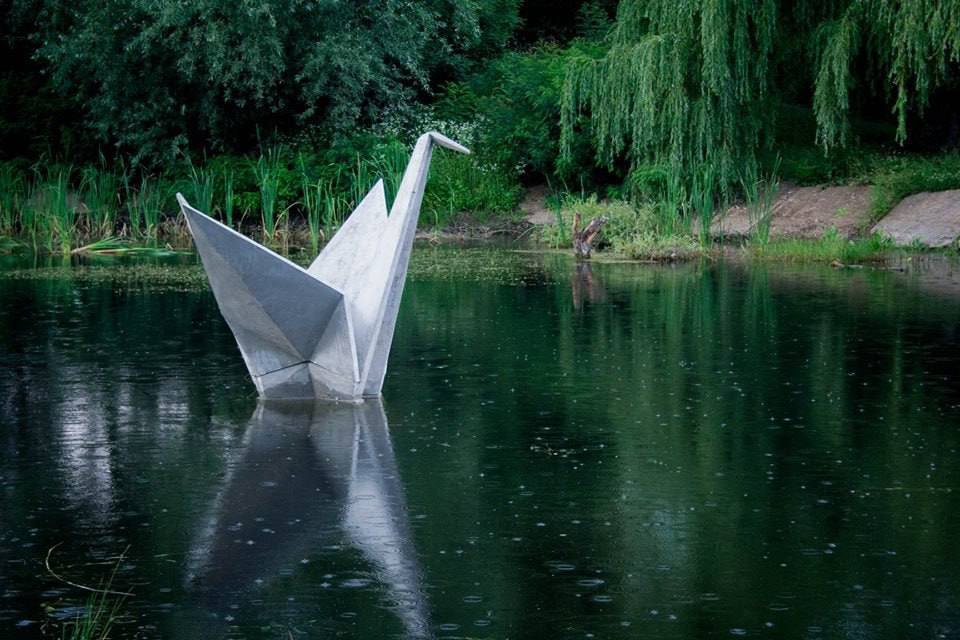
For example?
For example, there was a luxurious Soviet gazebo, neglected and already slightly remodelled. They wanted to tear it down and replace it with some eclectic structure with a bitumen-tiled roof. But I suggested not touching it, mirroring the arched design upwards, and combining the roof with solar panels so that people could charge their phones in the park. Later, they implemented it according to my sketches – but not completely and without solar panels. They did not consult me and, of course, did not pay me.
That’s a violation of copyright.
Of course. But I was still inexperienced at the time and gave them the sketches without signing a contract. In general, much of my work has been an important learning experience for me.
So, at the Biennale, you will show this deer sculpture, which you took from Pokrovsk on 30 August 2024.
Where did you take it?
To Vinnytsya.
Is it somewhere in a public space there? Or is it hidden?
It is hidden. It cannot be displayed without a pedestal. It is fragile. To install it in Pokrovsk, we added extra height to the flat pedestal from the plane so that no one could climb on it or hang from the sculpture. I learned this in Frankivsk – there, when the lake froze over and people were able to approach it, they immediately broke off pieces of the swan. Therefore, when planning a sculpture in a public space, one must always consider resistance to vandalism.
In addition to the sculpture, we will present the film IDP at the Biennale. It captures the day we transported the sculpture. In fact, we went there several times to prepare and organise everything. But the film is dedicated to the journey of the sculpture in terms of form; overall, it is about people and the city undergoing forced evacuation.
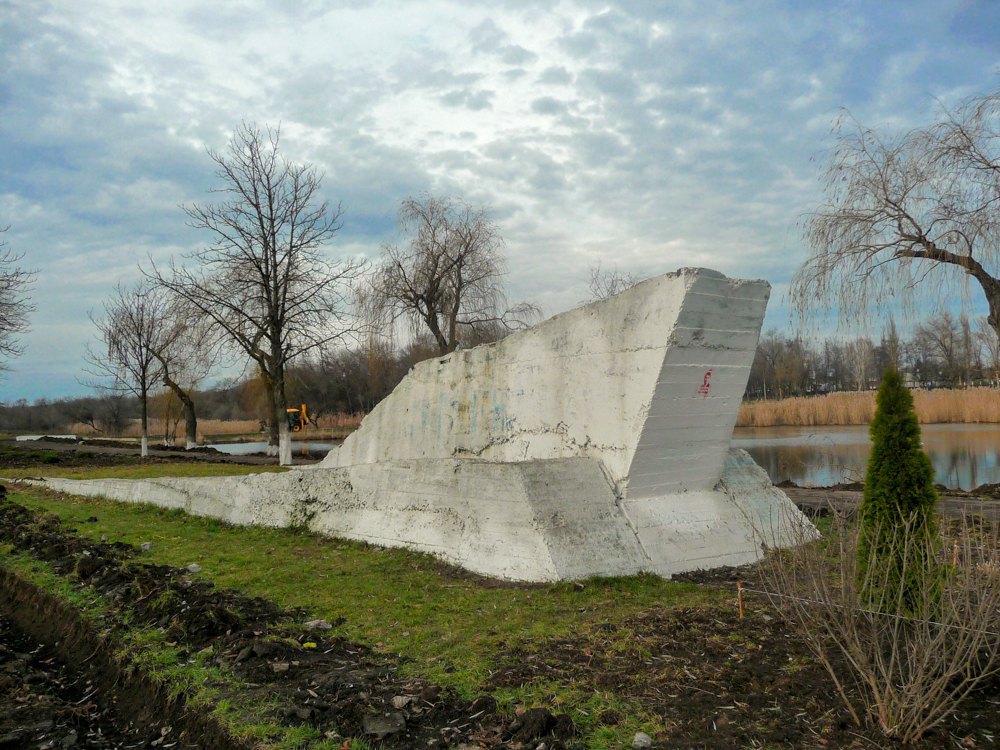
At the workshop, you said that you plan to finish filming this movie and show the deer’s further journey to Venice.
That is one option. I cannot say for certain yet whether we will do it, as it is still under discussion. But we will definitely present the sculpture, the film, and additional accompanying materials – photographs and texts about the whole story. Overall, it is a very concise project.
It’s an interesting idea – to tell the story of the whole country through the history of the sculpture and its location.
Yes, it was Leonid’s idea [Leonid Marushchak, one of the curators of the Ukrainian pavilion project at the 61st Venice Biennale] to connect the “before” and “after”. Ukraine once signed the Budapest Memorandum, demilitarised itself, and chose a pacifist, conditionally European vector of development. Instead of an aeroplane, we got a deer. But it turned out that this was the wrong path, and now this deer is left in limbo – just like all of us, when it comes to security guarantees as a condition for ending the war. This is what we want to show at the Biennale, where each country presents its trajectory through contemporary art.
Of course, I am very pleased that our project was selected in the competition. And we will try to do our best.
Have you discussed the deer’s future? Where will you take it after the Biennale?
No. We Ukrainians are only thinking about tomorrow right now. Let us at least get there – it starts next May, and the exhibition will last for another six months. It is too far ahead to plan anything.
The main project of the 61st Biennale, conceived by the late curator Koyo Kouoh, is called In a Minor Key. As far as I understand from the curatorial text, it is about unheard voices, about art as listening rather than expression. How will the Ukrainian pavilion relate to this project – have you discussed this with the team?
I have not even read the curatorial text, and we have not discussed it with the team. We discussed the Ukrainian pavilion.
You already have a lot of experience working at the Venice Biennale: your works were in the Ukrainian pavilion in 2013 and 2015, and in 2019 – in the main project, when it was curated by Ralph Rugoff. And many, many more times in the parallel programme, in PinchukArtCentre projects. Is there anything specific about working at the Biennale compared to other exhibitions and festivals?
Well, in fact, each of these cases has its own specifics. The pavilion is one thing, Pinchuk is another, and the main project is yet another.
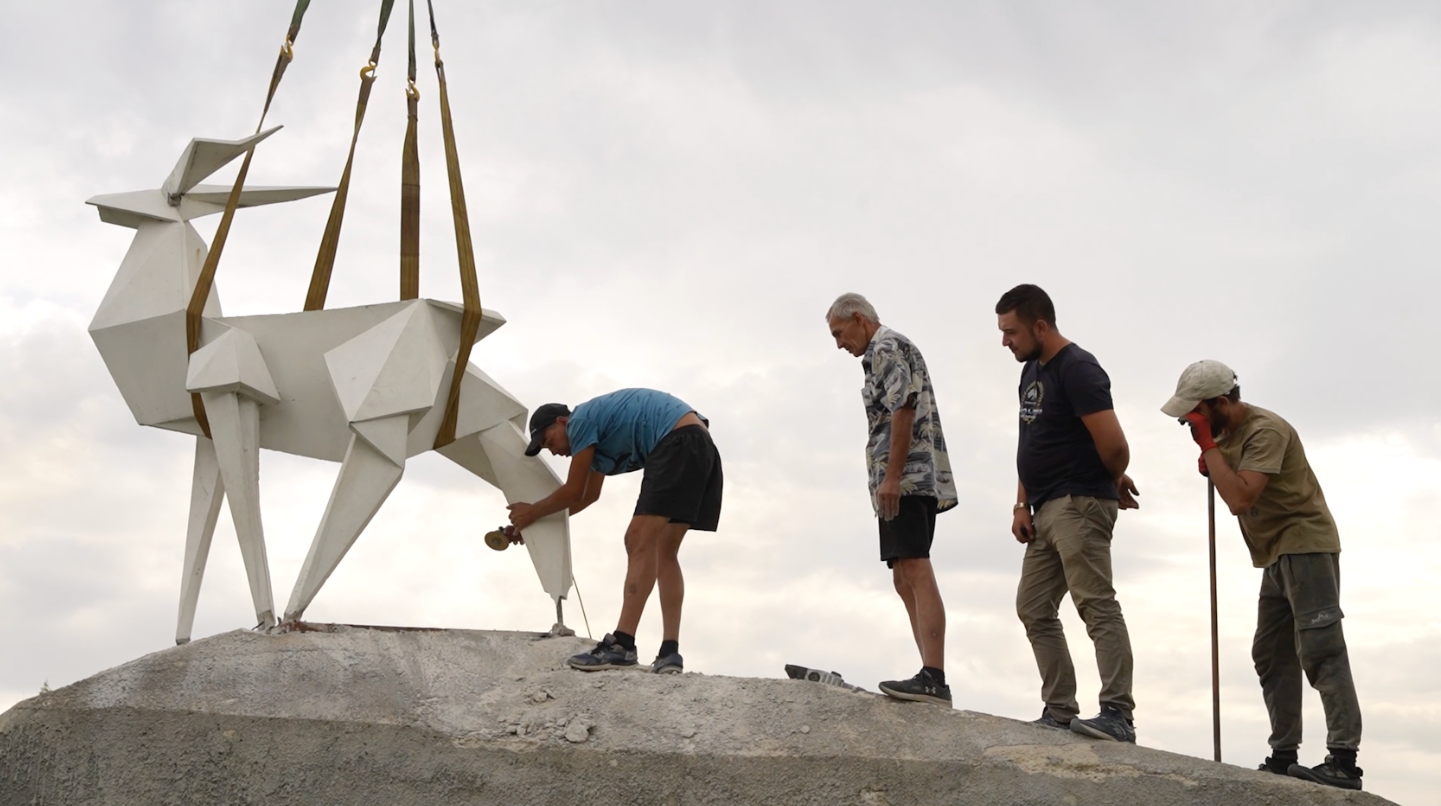
Then let’s talk about the pavilion. The Ministry of Culture is the commissioner of the Ukrainian pavilion. What can you say about the specifics of working with a government agency?
In 2013, when Viktor Sydorenko was appointed commissioner [now President of the National Academy of Arts of Ukraine, then Director of the Institute of Contemporary Art Problems], it was like this: if the Italian gallery I was working with had not supported me at the time, I would not even have been able to get the materials I needed. This gallery had permission to access the necessary Venetian canals, and the ministry did not even consider such things. Their idea of preparation did not go beyond buying nails at the nearest store. It was very difficult. I remember being told that I would only have one assistant. But I had a large plasterboard structure and needed two people. I said, “Okay, then I am not going.” They thought about it and said, “All right, you will have two assistants, but you can only stay in Venice for six days.” Well, we managed to prepare within that time frame, but I did not make it to the opening of my own project because check-out from the hotel was at 10 a.m., and the pavilion opened at 6 p.m. – and I could not stay for it.
Then, back in Kyiv, I brought the receipts for the expenses the state was meant to reimburse – it was something like 400 euros. I had bought a hammer, a knife, tape, putty – all sorts of things. They looked at all these Italian receipts, rejected about a third of them, and said that these were reusable items and I had to return them. Can you imagine me leaving with all these hammers and knives? And then they did not reimburse me for anything at all. True, before I left for the installation, they gave me a daily allowance for six days – 20 euros per day – in 5-hryvnya notes, in a plastic bag. It was a very comical situation.
But that was a long time ago, more than 10 years ago. I hope that Ukraine has evolved since then.
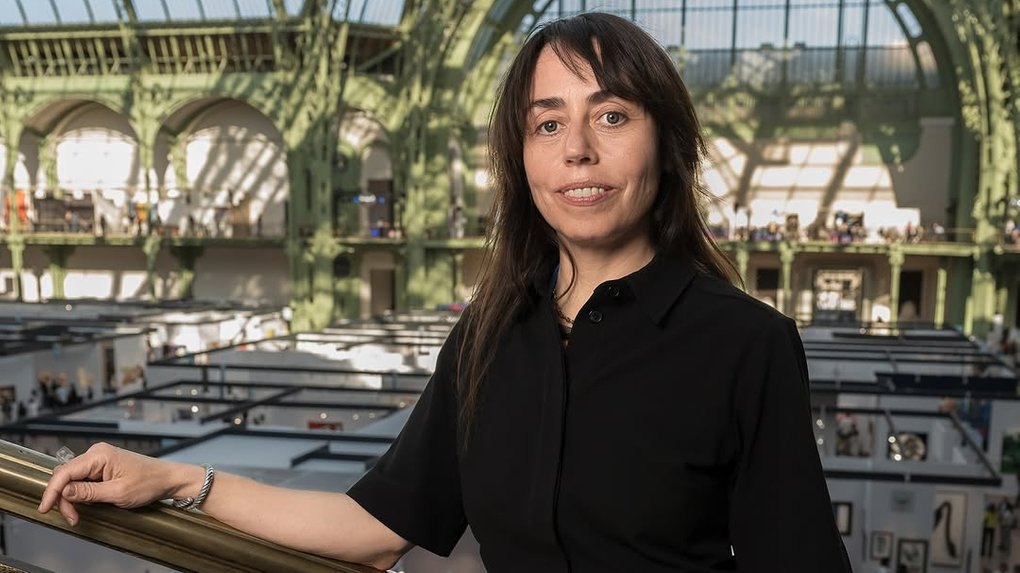
As citizens, we always want Ukraine’s participation in projects such as the Biennale to yield some kind of result, apart from purely artistic representation. Roughly speaking, they will see our beautiful culture and give us more weapons. Does it work that way?
I believe we need to chip away at this rock from all sides. In my opinion, yes, it works. The theme of war has been present in my work for the past three and a half years. But if we are talking specifically about the Ukrainian pavilion at the Biennale, it does not have that many resources. Of course, it will attract attention. But what if 300 people want to come to the opening, and there is only room for 50? Why do we have such a small and inconvenient pavilion if we are really counting on it to draw attention to the war in Ukraine and want to achieve some results?
Because from 2022, we will be given it free of charge, and everyone is happy with that – no one is thinking any further.
Yes. But if the authorities really understood the importance of presentations of this level, the attitude would be different. We have enough good artists, curators, and experienced specialists who can overcome the problems of Venetian installation – which is always a very serious challenge, in fact. But all this requires investment. Support is needed, and at the very least, an understanding of the importance.
And how do you feel about the pilgrimage of world art stars who are now travelling to Ukraine? Banksy, Ai Weiwei? Why are they doing this, and does it work to Ukraine’s advantage?
I am not them – I cannot speak for them. Okay, Banksy came on his own, but Ai Weiwei was obviously brought here for a lot of money [Ai Weiwei’s installation, which is to be unveiled in the autumn at the VDNG, was commissioned by the Ribbon International platform]. I think it would be more useful if that money were spent on Ukrainian artists. What these stars are doing was interesting about 10 years ago, but now the world is no longer interested in them. Personally, I am not very interested in their art, in what they are doing now. Of course, it has a certain wow effect for the general public, and perhaps it will have some positive effect among non-professionals – like, well, if Ai Weiwei has come, then everything is fine. But it definitely has no impact on the development of the art scene. I do not think it is worth it.









